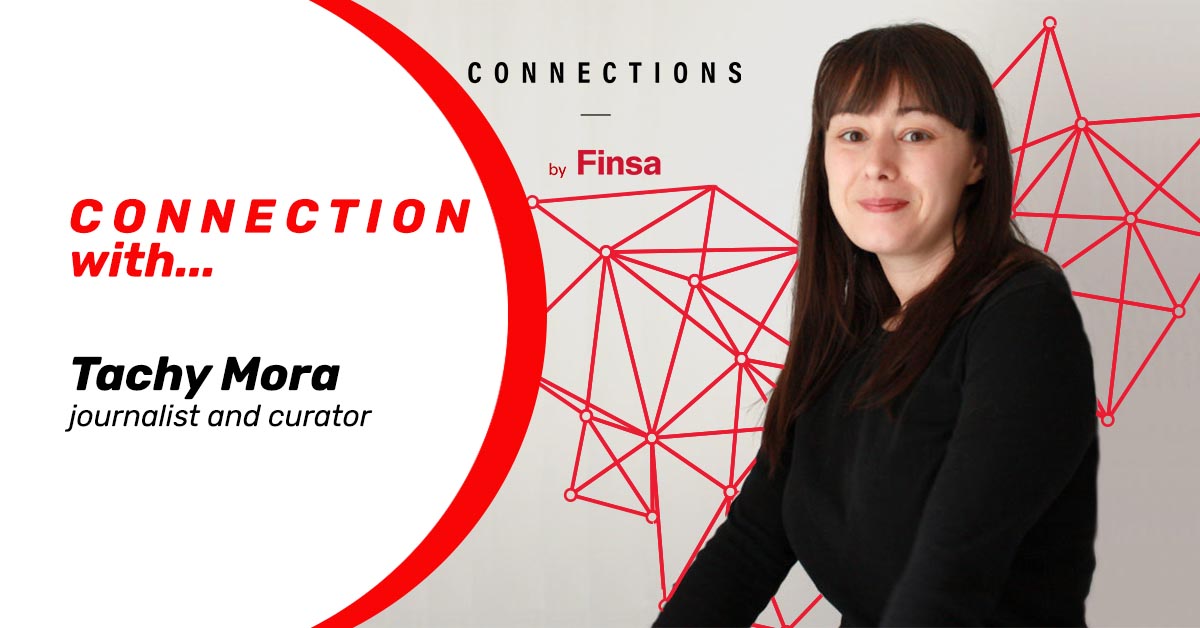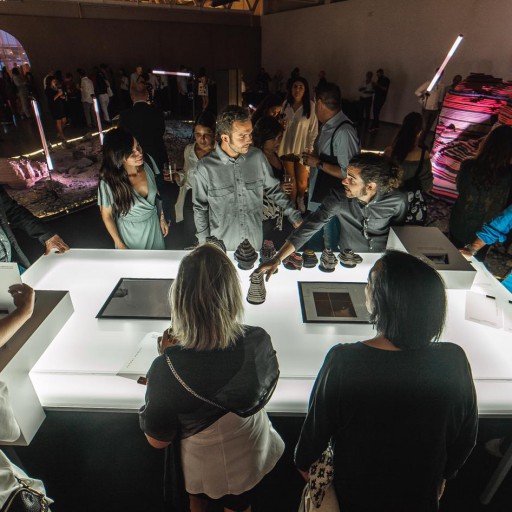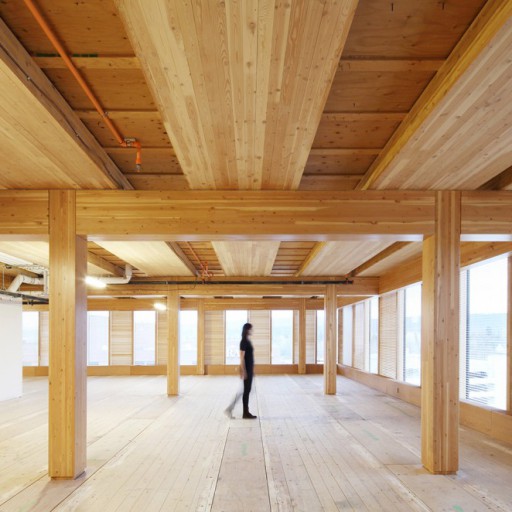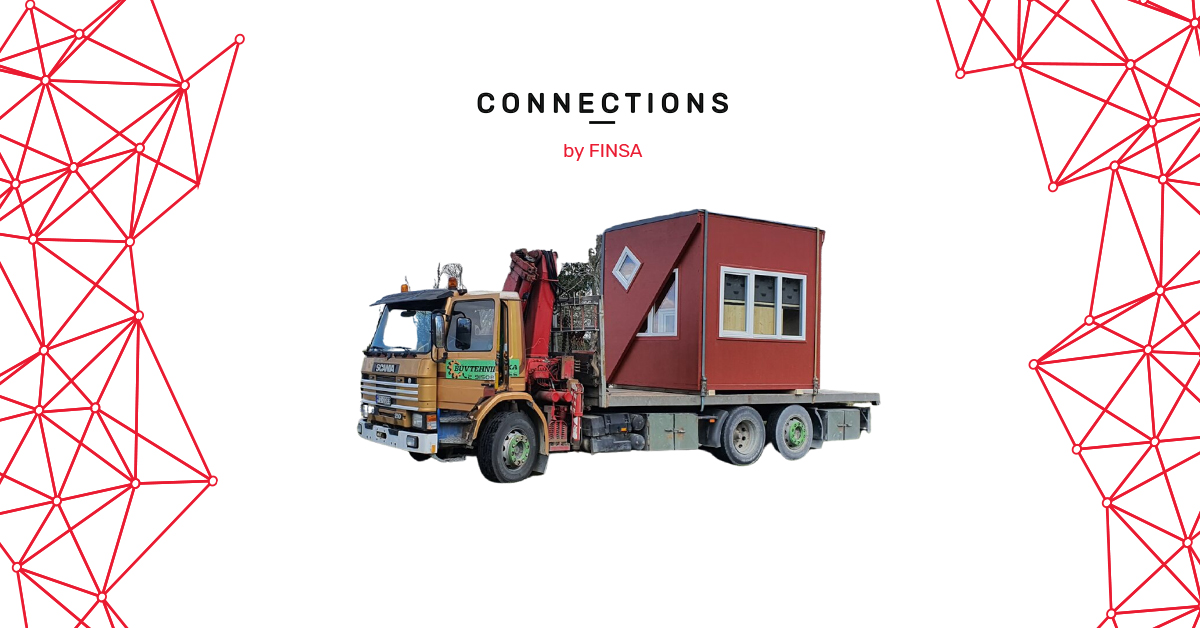Tachy Mora has spent her 25-year career as a journalist specialising in design and architecture. She frequently collaborates with weekly newspaper insert El País Semanal and has been featured in several magazines, including Neo2, Elle Decoration, Visual, and Experimenta. She also works as an exhibition curator, including Escenarios de un Futuro Cercano, which is part of the World Design Capital Valencia 2022 program.
She believes that the only difference between being a journalist and being a curator is “how they are carried out” because “both are the result of research and reflection”. We connected with Mora’s work and its more creative side.

How did the idea for Scenes from a Near Future, an exhibition that focuses on home design, come about?
The people at WDC Valencia 2022 contacted me because they wanted to put on an exhibition about emerging design in collaboration with the Centre del Carmen Cultura Contemporània. When I was considering it, I knew I wanted to be 100% faithful to the concept and exhibit never-before-seen ideas. All the projects on display until March 2023 were designed on demand.
How near is the future we see in the exhibition?
In my work I have seen that, from the moment that someone thinks of a design or from when a trend emerges until it’s been consolidated on a commercial level (if it’s successful) is an average of ten years, which is why the forecast for [the ideas in] Escenarios de un Futuro Cercano is ten years away. Some of the projects are already at a very advanced prototype stage and practically ready to be on the market very soon.
We have to ask about the impact of the coronavirus pandemic on the planning of this exhibition.
Yes, it was a big part of the entire planning process of the exhibition. When we were confined to our homes and had to turn them into an office, a gym [and many other things], we realised that the domestic space didn’t facilitate the flexibility of use and purpose that we would be able to achieve if the furniture or layout were adequate.
In fact, it’s something that has been considered on a theoretical level since Bauhaus and the modern movement one hundred years ago. However, their approach and subsequent development did not have the same impact on society that it had had on a project level. The pandemic brought to light that we need homes that facilitate the possibility of change in how our lives evolve or the different situations that might occur and functions that we might need throughout the day. In this way, the lockdowns made us clearly identify the need for the type of approach that has been proposed in the architecture world for a long time [and that has] finally synched up with a big part of society.
How did you come up with the five concepts that form the foundation for the projects in the exhibition: flexibility, multifunctionality, modularity, nomadism, and sustainability?
The teams could aim to achieve all of them or just a few. In some cases, they had to provide solutions that went beyond how the concept had been handled in the past. For example, with multifunctionality, there couldn’t be a primary and secondary use, which has been the norm until now with [pieces like] a sofa bed, but rather all of the functions had to have the same range.
They were also asked to apply a wider definition to nomadism so that it wasn’t just about moving from one place to another, but also [moving around] in the home itself.
I was also interested in fostering reflection regarding modular systems which often end up creating fixed layouts despite the fact that flexibility is part of their design. We invited them to rethink and improve on these types of compositions and, above all, their anchoring systems, so that ease of use would incentivise the user to take advantage of their dynamism on a compositional level.
Finally, sustainability had to be considered from a materials and circularity perspective, as well as from a design perspective so that nothing would become obsolete and that [the pieces] would work for every stage of life.
You mentioned sustainability. Is this a more contemporary concept than the others?
Yes [and] not including it would be unthinkable. [Today] all projects are sustainable in one way or another because design isn’t approached in any other way. Everyone is interested in knowing about the traceability of a product and its circularity – where it comes from, how it got to you or if it’s derived from recycled materials that have been given a new life. One of the exhibition’s projects involved the development of a new material made from detergent packaging waste [which ended up having] a marble-like appearance. It was surprising that, even after the transformation process, the surfaces still smell like detergent.
Where does your connection to design come from?
They taught three years of graphic design where I studied journalism. That stirred my interest in design. In fact, I started off writing about graphic design when I realised that I could combine the two professions that most interested me. From there I kept widening the scope to include industrial design and architecture.
Which part do you like best at the moment: journalism or curating?
Both. Writing about trends in the design world requires constant research. There’s a lot of analysis and reflection that I then translate into a written piece or an exhibition. The only thing that really changes is the medium.
Which design and interiors trends would you like to highlight?
On a general level, flexibility, which can be approached in different ways, like through furniture, divisions, dynamic elements, hybrid concepts and soft solutions.
In the last ten years, there’s been a big trend in the home of the kitchen being the new living room. We’ve tried to combine living rooms and kitchens to make them a big social space in the home. The next step is the evolution of this concept, taking these hybrid spaces to another dimension, with a more homogenous design that isn’t divided up into zones, aesthetically speaking. There’s also a push to do something with those seemingly untouchable spaces, like the bedroom. Not everyone wants a room just for [sleeping] and this requires solutions that go beyond a folding bed.
What would you like to highlight from the transcendence of Valencia’s design capital status?
It’s put Valencia on the world design map, demonstrating its important industrial and creative sides. Those of us who work in the design world already knew about this, those who aren’t involved in the sector not so much.




